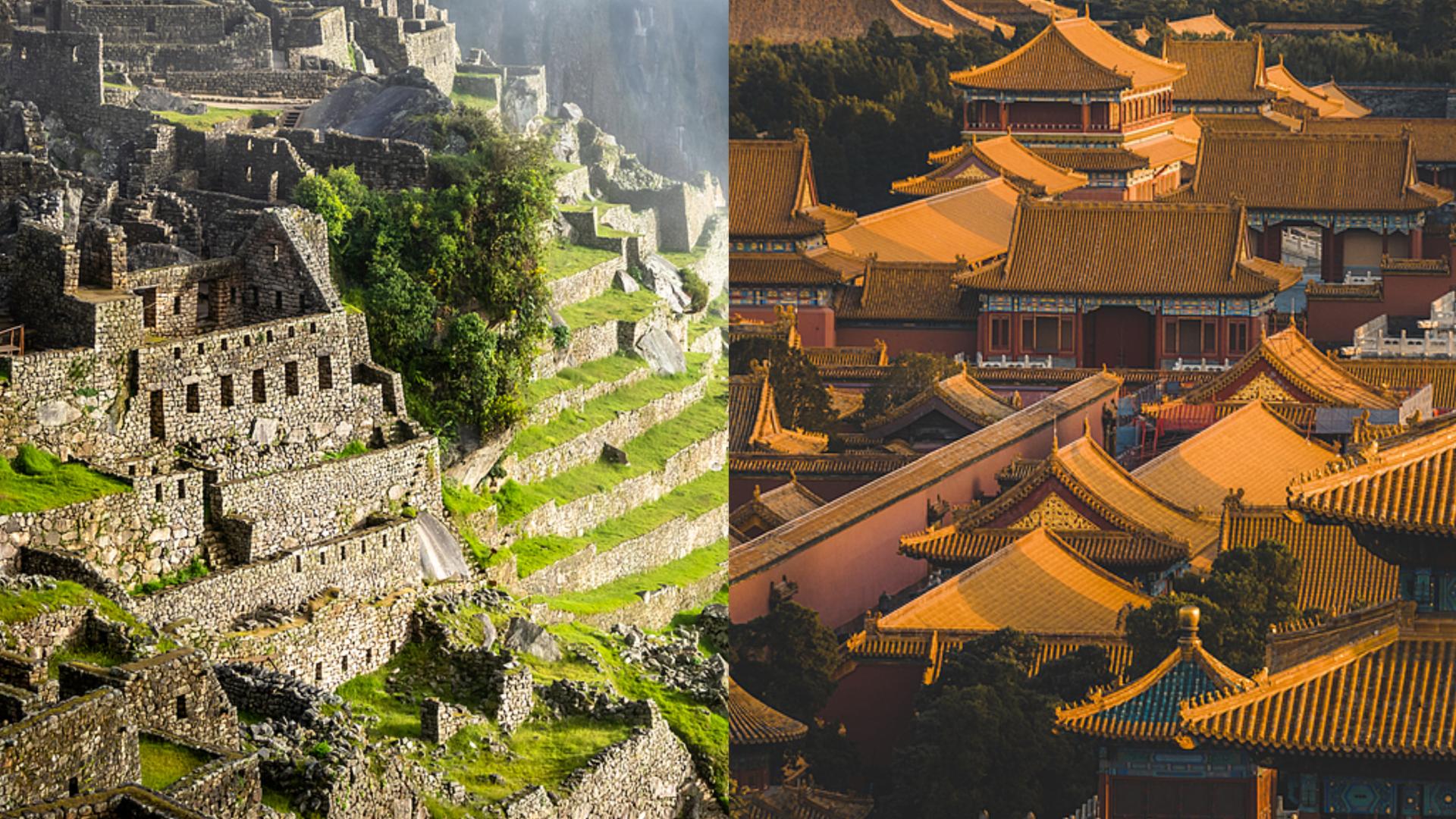Journey Through History: Exploring Ancient Wonders from Machu Picchu to Beijing's Forbidden City
China grants visa-free access to Peruvian travelers, bridging ancient civilizations with easier cultural exchange.

Travelers from Peru and several other South American countries now have a new gateway to exploration, as China’s decision to implement visa-free entry brings the famed legacies of Machu Picchu and the Forbidden City within closer reach than ever before.
Perched dramatically above the Urubamba River valley, Machu Picchu remains one of the world’s most captivating ancient sites. Its precisely carved stone walls and terraces, assembled without mortar, have weathered centuries of wind and rain—evidence of the remarkable sophistication of Inca stonemasonry. Every year, millions marvel at its panoramic vistas and mysterious aura, while scholars continue to study the site's unique blend of architecture, astronomy, and spirituality. At the site's core, the Intihuatana—a ritual stone linked to sun worship—demonstrates the Incas’ advanced understanding of celestial phenomena and their deep connection with the natural world.
Across the Pacific, in the heart of Beijing, the Forbidden City stands as a symbol of imperial grandeur and Chinese civilization. This sprawling palace complex, meticulously constructed from wood and adorned with intricate details, served as the seat of power for centuries. Its harmonious layout and symbolic decorations reflect a philosophy that seeks balance between nature and human endeavor. For visitors, walking through its crimson gates is to step into a living chronicle of dynastic China, where every courtyard and hall whispers stories of emperors, intrigue, and continuity.
Among the many treasures preserved in the Forbidden City is the ancient sundial, once entrusted to imperial astronomers. This instrument was vital for marking the passage of days and seasons, playing a role not unlike Machu Picchu’s Intihuatana. Separated by continents yet united by ingenuity, both sites stand as testaments to humanity’s enduring fascination with time, the cosmos, and the enduring quest to find order in the universe.
With travel barriers lowered, enthusiasts of history, architecture, and culture can now more easily compare these two marvels—experiencing firsthand the legacy of civilizations that, though distant, echo each other in stone and shadow.




